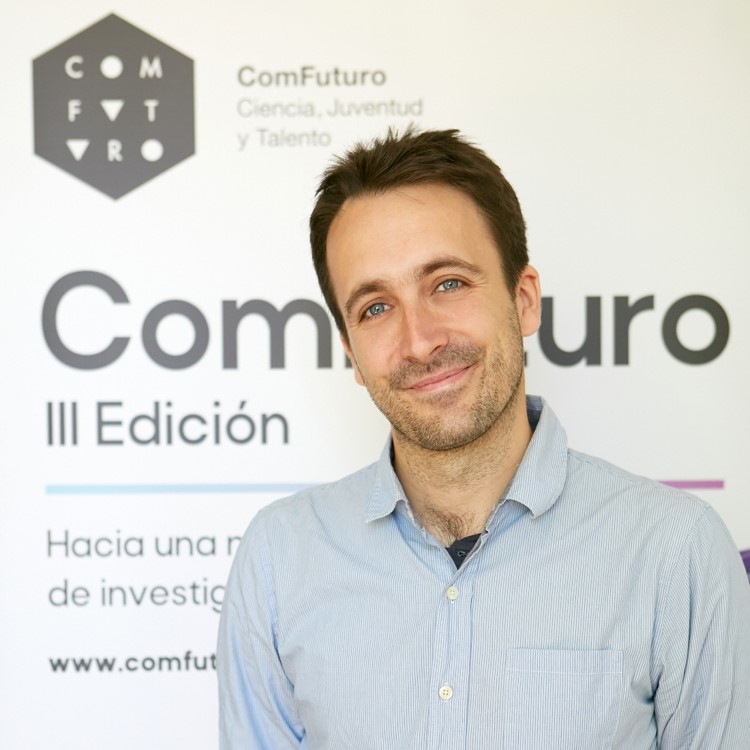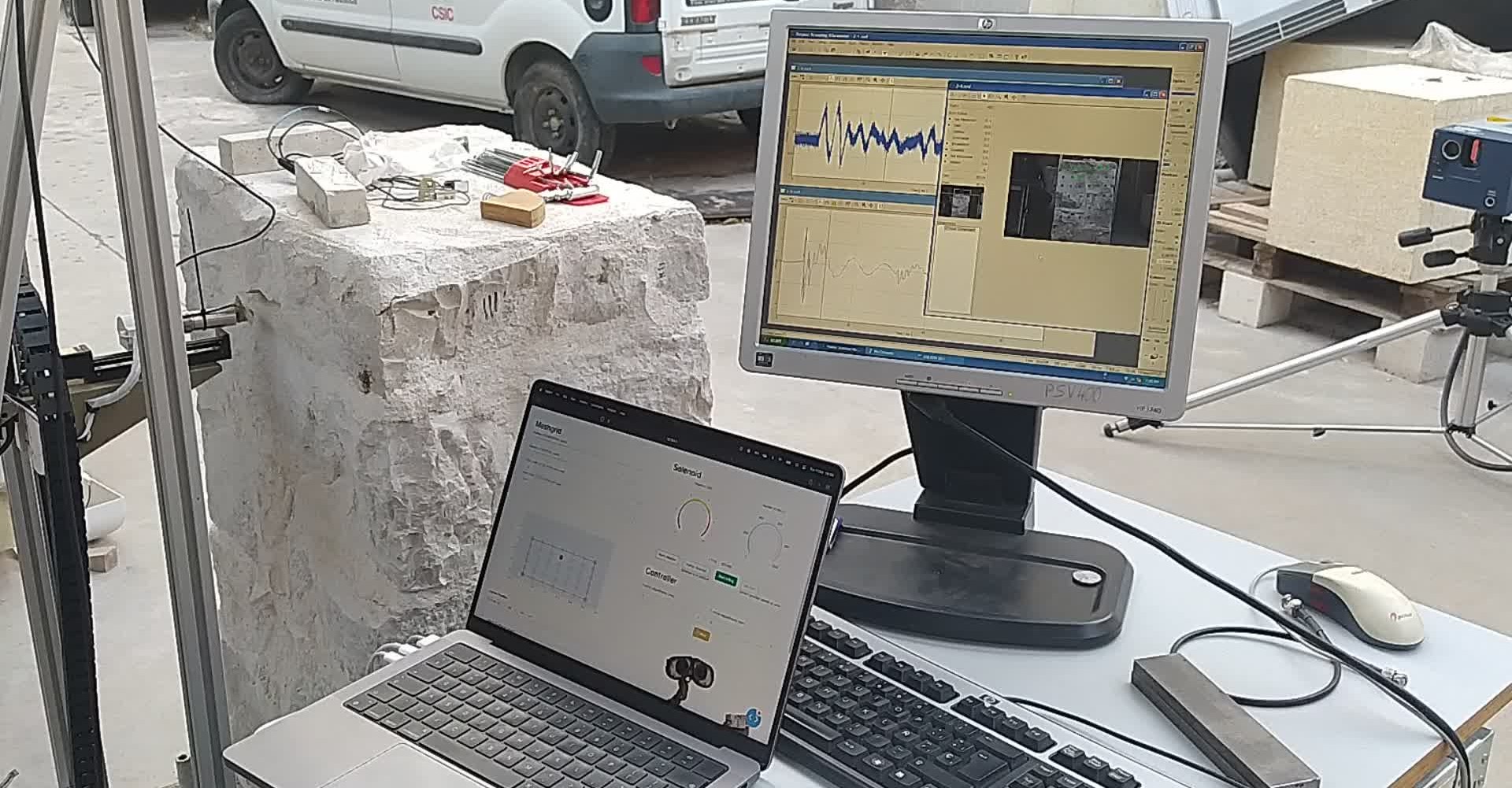
Javier Ortega is an architect from the Polytechnic School of Madrid (Spain) with a PhD in Civil Engineering from the University of Minho (Portugal). His research has focused on the structural diagnosis of the built heritage, detailed and large-scale seismic vulnerability assessment, and, more recently, on the development of new technologies for the non-destructive evaluation and tomographic imaging the interior of historical construction elements. He has participated in ten research projects in the field of conservation of heritage structures, leading four of them.
He is co-founder and associate of FENEC, a consulting engineering association providing non-destructive testing and specialized structural analysis services for the built heritage. He has over nine years of professional and academic experience in the field of conservation of historical and vernacular structures, with work on more than twenty monuments throughout the world including several UNESCO World Heritage sites. Starting April 2023, he has been carrying out his S-RAY project as a ComFuturo fellow at the Instituto de Tecnologías Físicas y de la Información Leonardo Torres Quevedo (ITEFI, CSIC).


Extended project summary:
Working on projects involving historical structures comes with a unique set of challenges that stem from trying to maintain a balance between respecting the principles of heritage conservation and ensuring structural safety, while having little to no information on the existing structure. S-RAY project aims to develop novel technology for the in situ inspection of the interior of historical masonry elements that can provide essential data to make informed decisions on possible structural retrofitting or conservation measures.
The project thus addresses one of the main challenges in the field conservation of heritage structures, which is increasing our knowledge about how they were constructed and their state of conservation. A successful structural intervention, which needs to comply with current conservation criteria, such as minimum intervention and compatibility with cultural heritage values, requires a high level of understanding of the existing structure. The project aims to investigate and develop new tools that can fill in the gaps of information in a non-destructive manner, avoiding causing any harm to the valuable fabric, and particularly focusing on obtaining an accurate 3D digital reconstruction of the interior of masonry elements.
The main research motivation is to overcome common limitations encountered in current non-destructive systems by: (a) reducing the time consumption, at operational and data processing level; (b) enhancing practicality of inspection systems, with a focus on increasing the scale of the inspection from local measurements to full buildings; and (c) reducing uncertainties at the level of interpretation of the results. The main research hypothesis is that these limitations can be addressed by means of three disciplines that have gained great importance in the recent years: (a) automation and robotics; and (b) unmanned aerial vehicles and remote sensing systems; and (c) Artificial Intelligence and Deep Learning algorithms.
Scientific output derived from the ComFuturo S-RAY Project
Scientific articles
J. Ortega; M.F.L. Meersman; S. Aparicio; J.C. Liébana; J.J. Anaya; M. González (2024). Influence of stress level and damage on sonic tomography imaging and on the estimation of deformability properties of historic stone masonry. CONSTRUCTION AND BUILDING MATERIALS. DOI: 10.1016/j.conbuildmat.2024.135285
Scientific seminars
J. Ortega. Automation of NDT systems for the structural diagnosis of the built heritage. ARES International training school: Assessment of existing masonry and timber structures. Invited oral presentation. Faculty of Civil Engineering, University of Zagreb. Zagreb, Croatia. 30/11/2023-01/12/2023